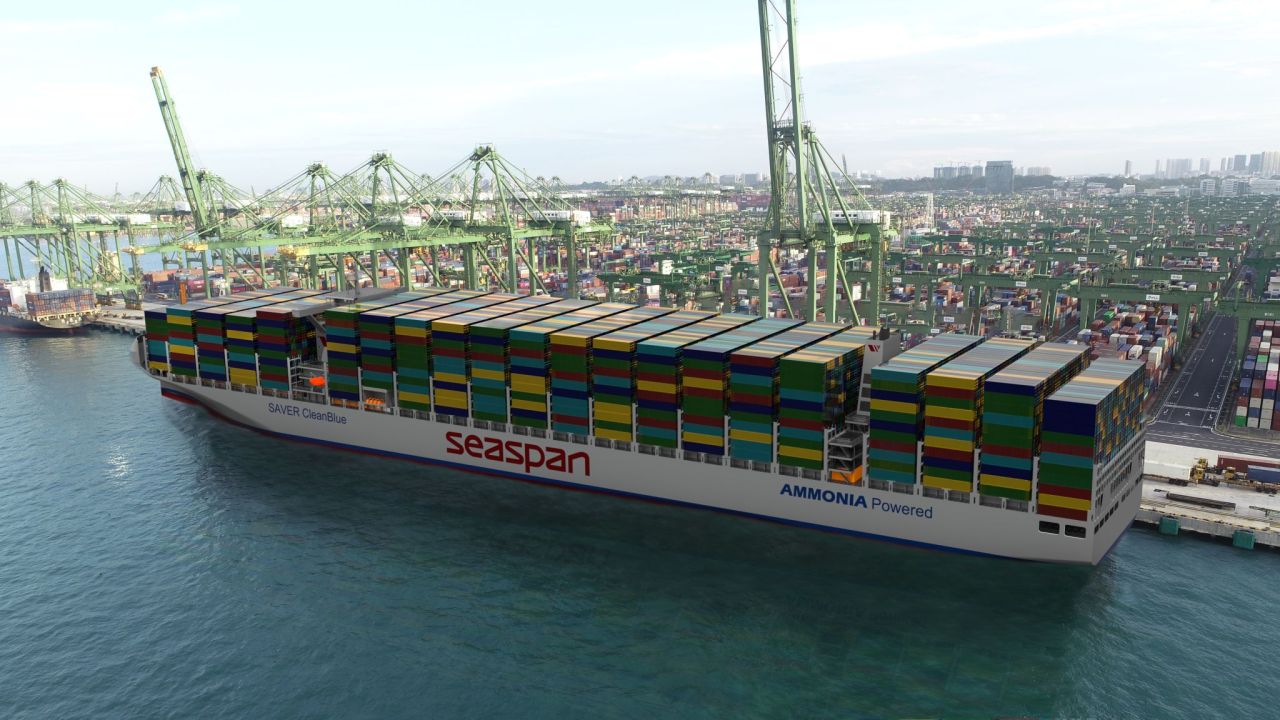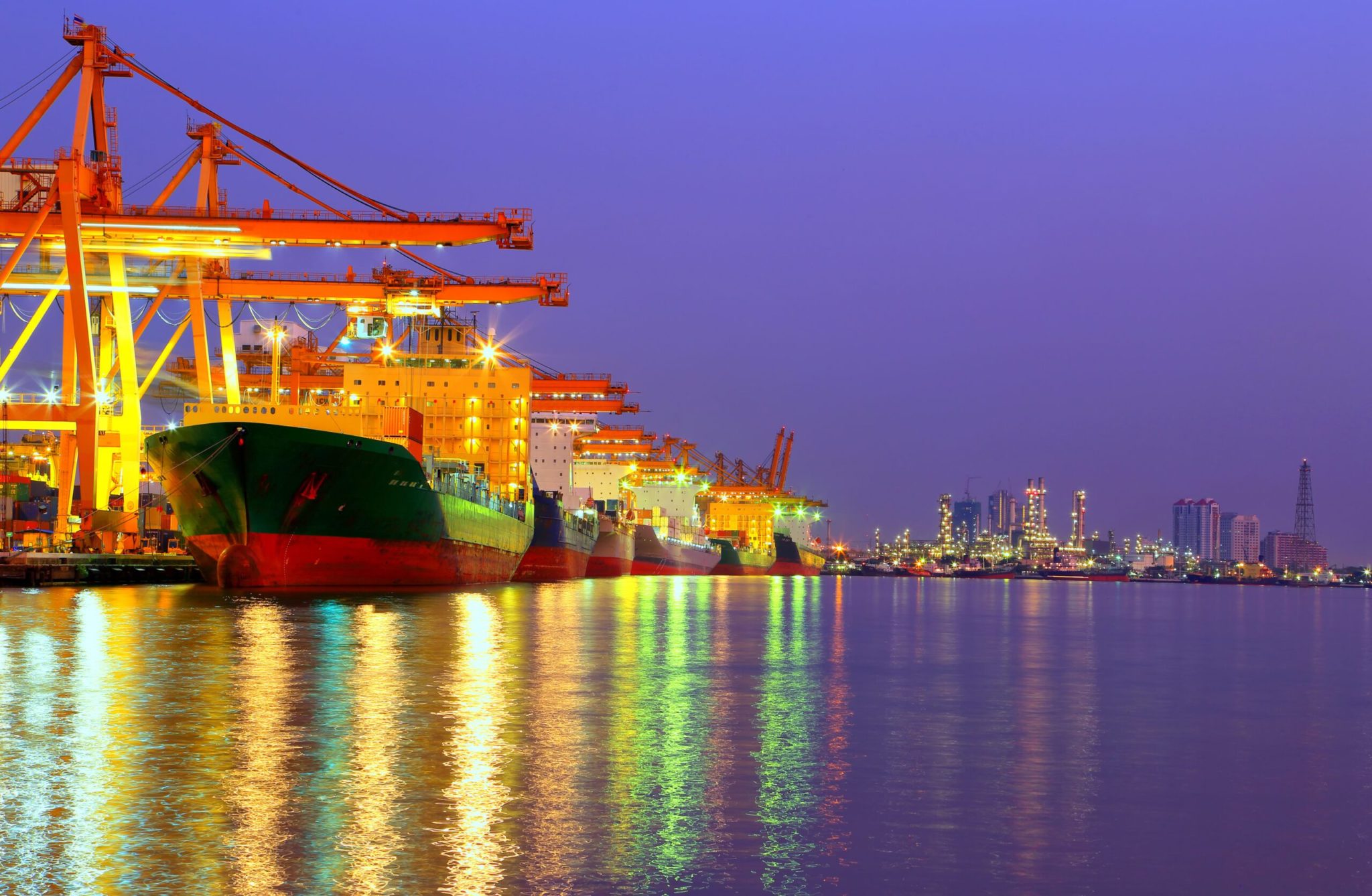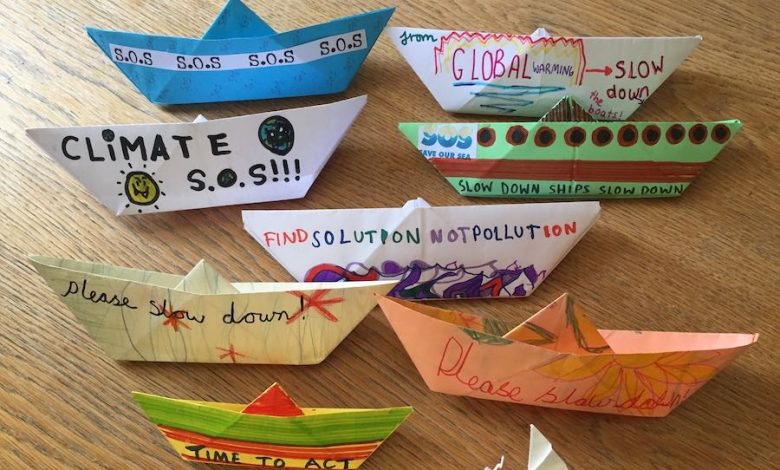Shippingtelegraph: Seaspan’s huge $226.5m retrofit and upgrade investment across fleet
As waves of regulation make onboard energy more expensive, shipowners face significant decisions about how to stay competitive and compliant. The decision to retrofit or upgrade is more than regulatory box-ticking. It is a strategic decision that can deliver fuel savings, optimise lifecycle costs and retain asset value.
Atlas’ wholly-owned subsidiary Seaspan recently provided an update on its SAVER (Seaspan Action on Vessel Energy Reduction) program launched in 2013.
To date, Seaspan has completed 552 individual upgrades, with another 85 projects either planned or underway.
These initiatives encompass a wide range of improvements, including upgrades to electrical, thermodynamic, and hydrodynamic efficiency, as well as comprehensive retrofits.
In total, 86 vessels have undergone upgrades, while an extra 10 are currently being modified or scheduled for upcoming enhancements, including methanol main engine conversion retrofits scheduled for delivery in mid-2026.
The total investment in these projects has reached $226.5m, Atlas Corp. said, including both executed and planned initiatives.
“At Seaspan, fleet enhancement is a core pillar of our decarbonization strategy. By driving our fleet modernization together with our customers, we’re not only improving fleet operational performance but also contributing a practical solution to the sustainable shipping industry,” said Bing Chen, president and CEO of Seaspan Corporation Pte. Ltd.
As of September 30, 2025, Seaspan’s operating fleet consisted of 241 vessels, pro forma for undelivered newbuilds, including PCTCs and second-hand vessel purchase agreements, with a total fleet capacity of approximately 2.5 million TEU on a fully delivered basis.
Related Posts





